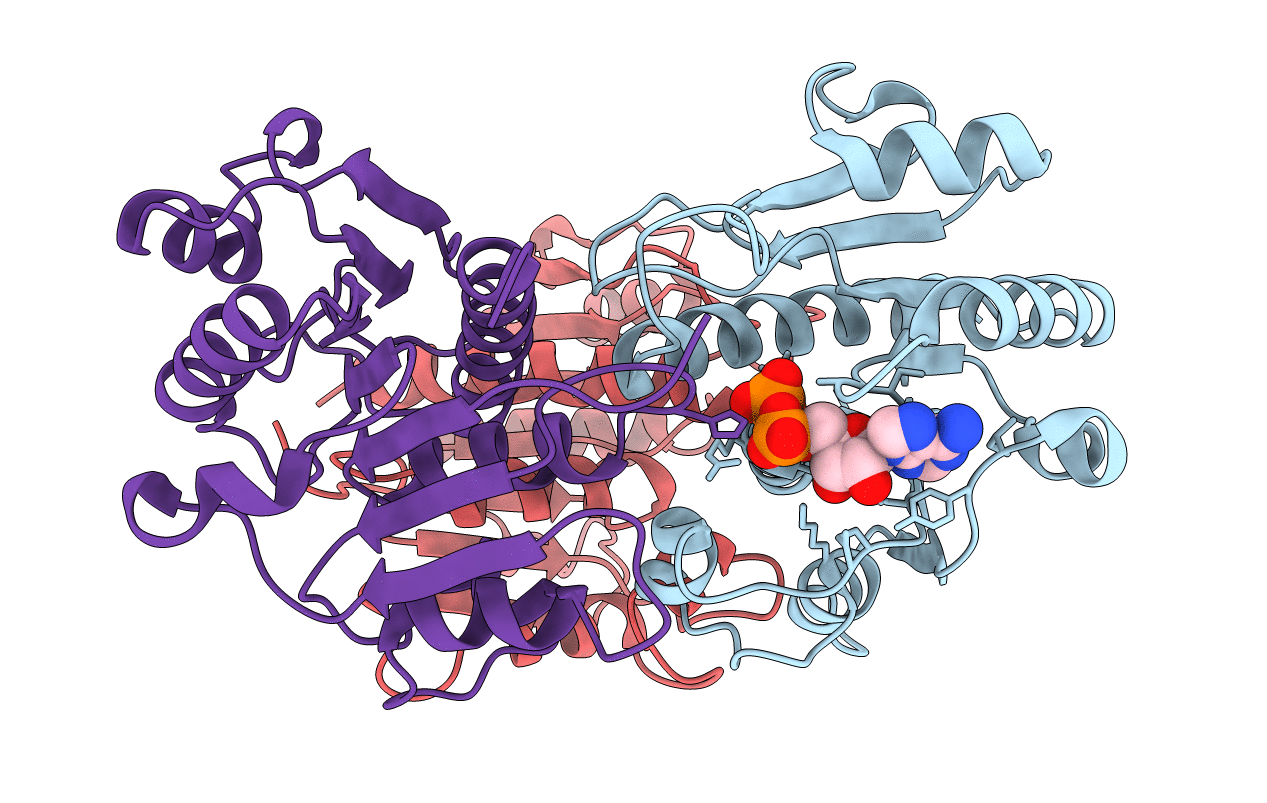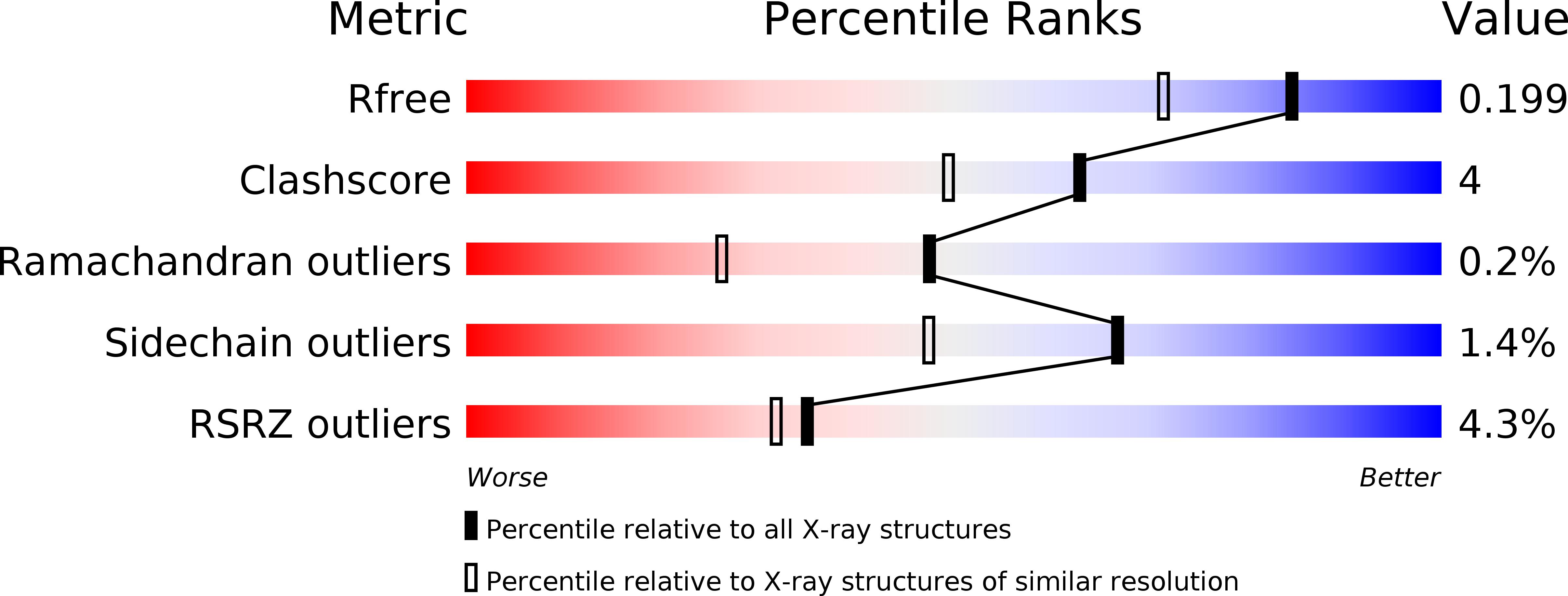
Deposition Date
2014-05-16
Release Date
2015-04-29
Last Version Date
2023-11-08
Entry Detail
Biological Source:
Source Organism:
Methanothermobacter marburgensis (Taxon ID: 79929)
Host Organism:
Method Details:
Experimental Method:
Resolution:
1.60 Å
R-Value Free:
0.19
R-Value Work:
0.16
R-Value Observed:
0.16
Space Group:
P 1 21 1


